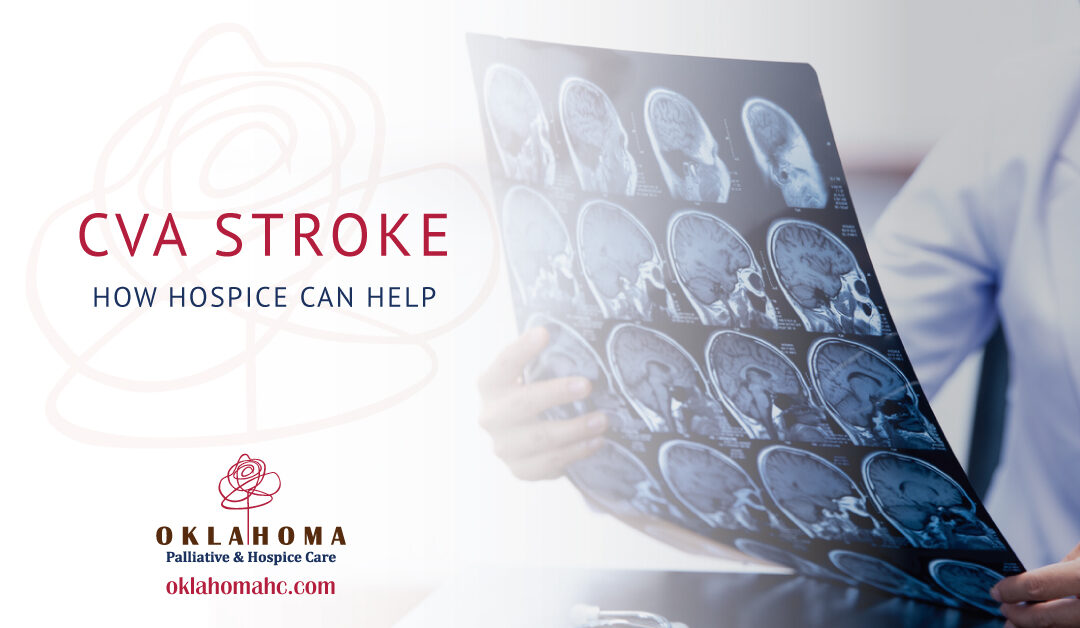Every year, more than 795,000 Americans suffer from a stroke, which happens when blood flow is lost to a part of the brain. When the brain cells can no longer receive the oxygen and nutrients they need from the blood, they die within minutes, leading to brain damage or even death.
Who Is At Risk?
The major risk factors for stroke include:
- Age
- Race
- High blood pressure
- High cholesterol
- Diabetes and obesity
- Heart diseases
- Smoking
- Alcohol and drug use
- Not getting enough exercise
- Personal or family history of stroke
What Are the Symptoms of Stroke?
Stroke symptoms often happen quickly and include:
- Sudden numbness or weakness of the face, arm, or leg
- Sudden confusion, difficulty speaking, or understanding speech
- Sudden trouble seeing
- Sudden difficulty walking, dizziness, loss of balance and coordination
- Sudden severe headache
If you think you or someone you know is having a stroke, call 911 immediately.
Hospice Can Help
Hospice and palliative care can be critical for people recovering from a stroke and their families. Hospice can help in the following ways:
- Comfort: First and foremost, hospice is about comfort — both physically and emotionally, for the patient and their loved ones. Hospice teams are trained to offer support and care on all levels.
- Symptom management: Hospice focuses on managing symptoms and caring for the patient in the aftermath of a stroke. This includes pain management, medication management, and education about preventing future strokes. Other symptoms hospice can help stroke patients with include:
- Bed sores due to the inability to move
- Weakness
- Difficulty with balance and coordination
- Inability to control bodily functions
- Inability to speak
- Rapid health decline: Some patients experience a rapid decline in health after a stroke and need specialized hospice care.
- Care coordination: Hospice teams create an essential link between the patient, their family, and the health care team to ensure consistent and coordinated care between all parties.
Contact us today to learn more about how we can help with after-stroke care.

